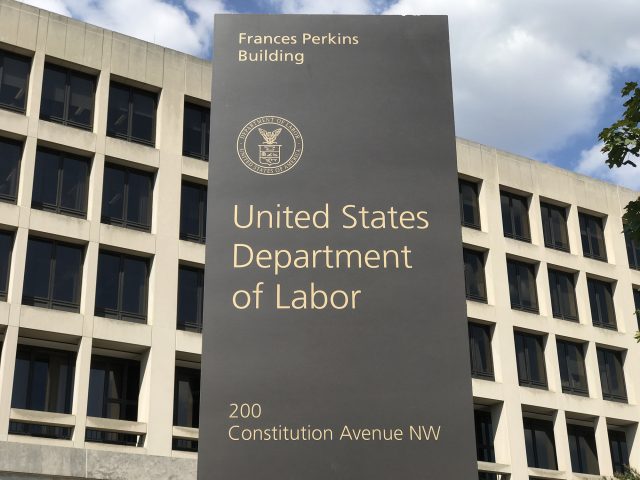
401(k) Plans in 2010: An Update from the SCF
Alicia H. Munnell is a columnist for MarketWatch and senior advisor of the Center for Retirement Research at Boston College.
The release of the Federal Reserve’s 2010 Survey of Consumer Finances (SCF) is a great opportunity to reassess how families are doing with their 401(k) plans. The SCF is a triennial survey of a nationally representative sample of U.S. households, which collects detailed information on households’ assets, liabilities, and demographic characteristics. The 2001, 2004, and 2007 surveys showed some improvement in terms of 401(k) participation, contribution levels, investment choices, and cashing out. But median holdings of those approaching retirement remained low even at the peak of the market in 2007. Not surprisingly, the picture is bleaker in 2010.
401(k) plans shift the responsibility for retirement saving from employers to individuals. An individual must decide whether to participate, how much to contribute, how to invest those contributions, whether to roll over or cash out balances when switching jobs, and – at retirement – when and in what form to withdraw the funds. People tend to make mistakes at every step along the way. In response, Congress enacted the Pension Protection Act of 2006 to make 401(k)s work better through automatic enrollment, automatic increases in the default contribution rate, and default enrollment in balanced funds, which are typically Target Date Funds that automatically reduce equity holdings as participants approach retirement.
Whereas, in the wake of the Pension Protection Act, the 401(k) system was starting to function better, the 2010 SCF suggests that progress has slowed in the weak economy. Despite the increase in auto-enrollment, the percent of eligible employees not participating ticked up. At the same time, contributions slipped and leakages through cash outs and hardship withdrawals increased.
Combine these trends with financial turmoil, and it is not surprising that median 401k)/IRA balances have changed little since 2007, despite the likelihood that members of the new cohorts have spent more of their working lives covered by a 401(k) plan. A typical household approaching retirement (age 55-64) had only $120,000 in 401(k)/IRA holdings. (IRAs are included because these balances consist primarily of rollovers from 401(k) plans.)
Households 45-54 actually had lower balances in 2010 than in 2007 – $70,000 versus $75,000, and younger households held only $35,000 in 2010 compared to $44,000 in 2007. These numbers are not adjusted for inflation. With prices rising more than 5 percent between the 2007 and 2010 SCF, balances have fared even worse in real terms.
The 401(k)/IRA balances of $120,000 for those households approaching retirement will produce only a modest supplement to Social Security. If a couple purchases a joint-and-survivor annuity, they will receive $575 per month. This $575 is likely to be the only source of additional income, because the typical household has virtually no financial assets outside of its 401(k) plan. Many participants are likely to be surprised and disappointed when they find out how little their 401(k) plans provide.
The answer to the 401(k) challenge is twofold. First, 401(k) plans need to function better. Despite the Pension Protection Act, the share of plans with auto-enrollment appears to have stabilized at around 40 percent. And employers typically auto-enroll only new employees, so the effect on participation is very gradual. Moreover, auto-enrollment only works if it is combined with auto-escalation in the default contribution rate. Unfortunately, only 34 percent of plans with auto-enrollment have automatic escalation, which means that many who are enrolled stay at low contribution rates. Hence, the best way to make 401(k) plans work better is to make auto-enrollment and auto-escalation in the default contribution rate mandatory.
Second, even with automatic provisions, the combination of 401(k) plans and Social Security is unlikely to do the job. The time may have come to consider returning 401(k) plans to their original position as a supplement on top of Social Security and employer-sponsored pensions. Given the demise of traditional employer pensions, such a rearrangement would require a new tier of retirement accounts. This additional protection would be helpful to those reliant solely on Social Security and to those with 401(k) plans where – for one reason or another – balances end up being very modest.






